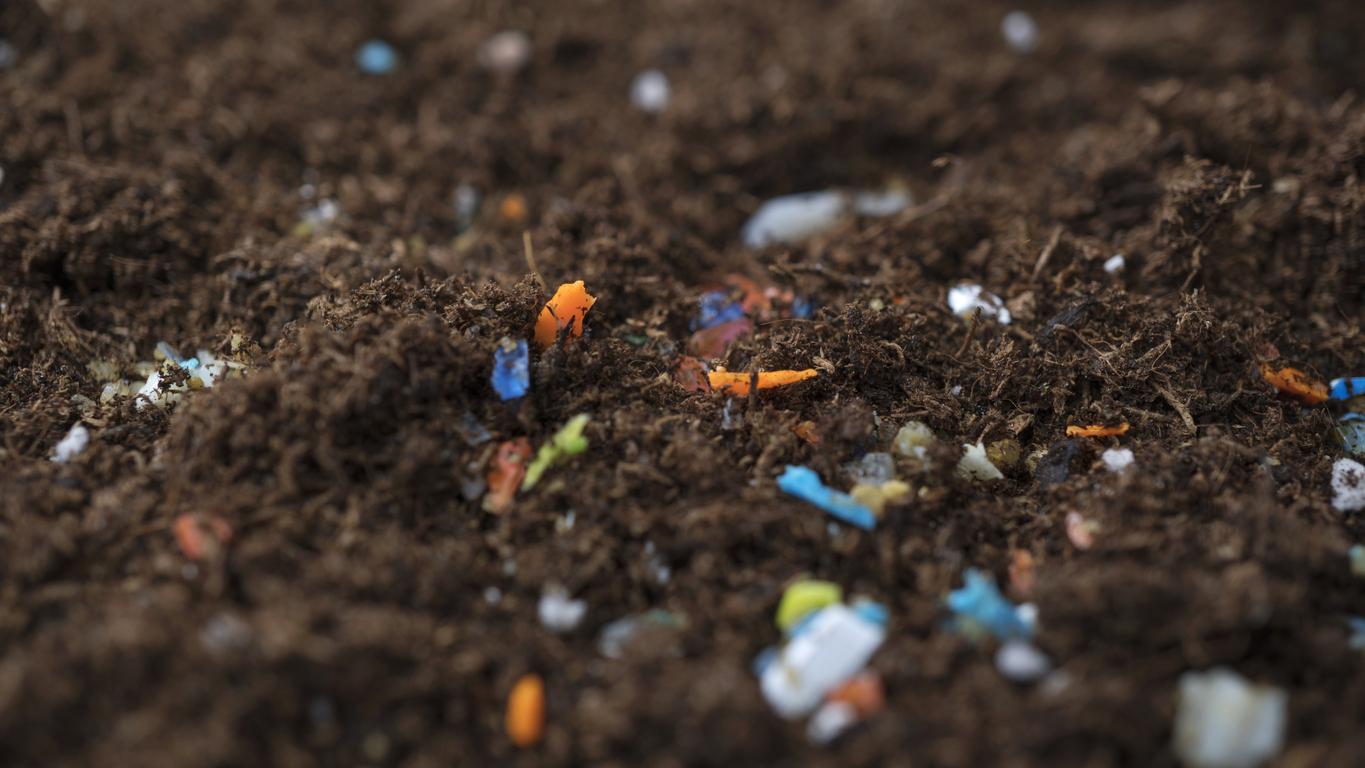Many farmers use fungicides, called SDHI, to protect their crops from fungi. But these products are found in food and could be at the origin of human pathologies. This is what a group of researchers explains in a column published in Liberation.

The use of fungicides in agriculture must be suspended until an estimate of the dangers has been carried out by organizations independent of industrialists. This is the message of eight researchers who signed a platform in the daily newspaper Release.
SDHIs, for succinate dehydrogenase inhibitors, are fungicides widely used in French agriculture and potentially responsible for certain pathologies in humans.
An action on cell respiration
The use of SDHIs is colossal: they are found on 70% of soft wheat surfaces, 80% of winter barley surfaces, but also to treat certain seeds, in particular those of fruits, such as grapes and citrus fruits. These fungicides eliminate fungi and molds by blocking their respiration, by canceling the action of succinate dehydrogenase. However, in humans, succinate dehydrogenase plays such an important role.
Certain mutations in succinate dehydrogenase are responsible for human diseases. Among the examples of diseases linked to changes in succinate dehydrogenase studied by researchers, we find severe encephalopathies in young children, tumors of the nervous system in the head, neck, or thoracic, pelvic or abdominal areas, but also cancers of the kidney or the digestive system.
DNA modification
Scientists have found that when succinate dehydrogenase is blocked, a molecule builds up: succinate. In the long term, this accumulation can modify the structure of DNA and create epigenetic abnormalities. The disruption of thousands of genes can thus be responsible for cancers and other tumors.
Independent studies needed
SDHIs are present in our food because the substances, once sprayed on cereals or fruits are then found on our plates. How can you be sure that the ingestion of these products has no impact on the body? For researchers, it is necessary to carry out independent studies on these products and that they be carried out by organizations in no way linked to industrialists in the sector.
Other pesticides having an impact on cellular respiration were gradually abandoned because they were considered too dangerous for humans. FYI, SDHIs appeared on the market, as an alternative solution, in 2009.
.















